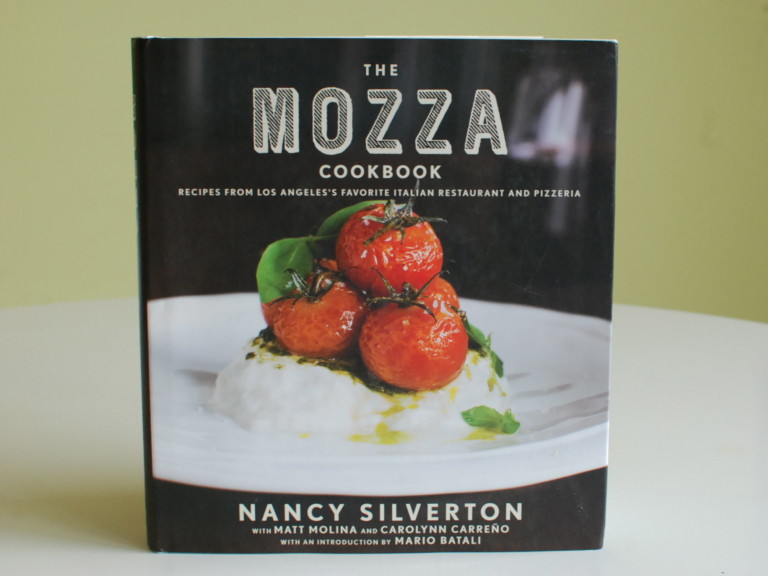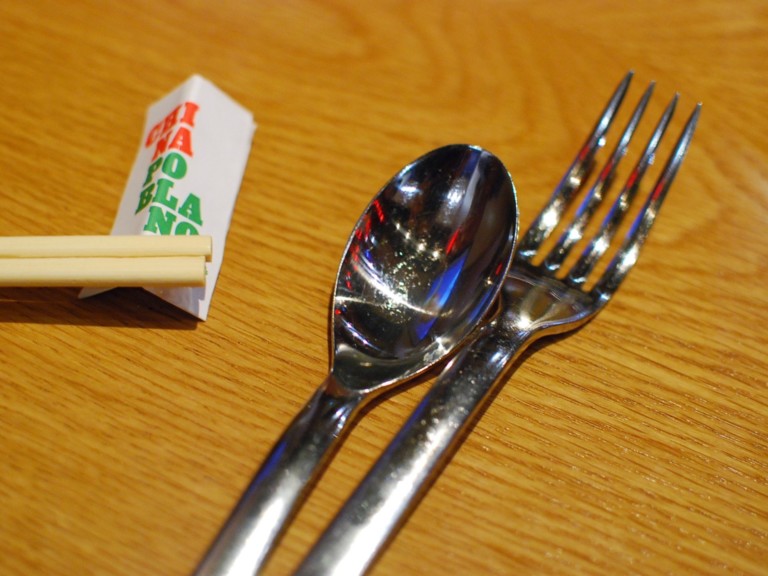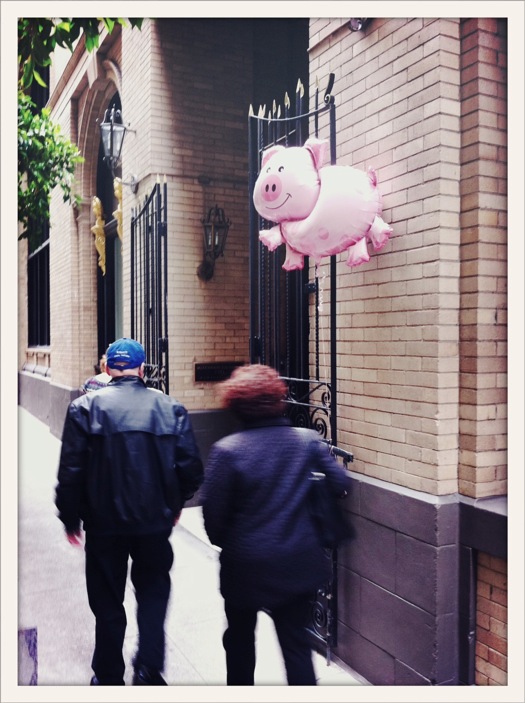I’ve had some consistency in the past few days. Consistent inconsistency. Before I get more ridiculous, I’ll preface this by saying that in the past few weeks I’ve been experiencing worse than average quality at many of the restaurants and eateries that I expect to provide the level of quality that I’m used to. From ethnic to bakery to high-end, I’m seeing significant dips in quality over the past few weeks. This could be a result of a historic economic slump or perhaps lackadaisical holiday distraction in restaurant kitchens. It’s all forced me to think about the value of consistency: consistent quality.
A restaurant, cafe, eatery, or bakery offers to its customers an expectation more than anything. Fine dining offers the expectation of comfort, service, attentiveness, high-grade ingredients, nice ambiance. Cheap ethnic food offers tasty, inexpensive fare that usually attempts to reflect the authenticity (or perhaps innovation) of a specific cuisine. People have these expectations because almost anything in a restaurant or eatery could be produced at home. We spend money because these places offer us an experience that’s different than the homemade one, in terms of either ambiance, service, comfort, and/or quality.
When a restaurant fails to meet these expectations, then people often regret or wonder why they paid the money in the first place. This dynamic is so powerful in dining out that entire review systems, such as Michelin, thrive on the level of consistency a certain place achieves. I think of two different restaurants in LA: Bastide and Spago. Bastide recently garnered 3 1/2 stars for its unparalleled cuisine and service from S. Irene Virbila’s review in the Los Angeles Times. Jonathan Gold also exclaimed that the meal he had there from chef Paul Shoemaker was one of the most memorable of the year. That’s quite a feat considering how many meals that gastronome must consume every year. But Bastide recently shuttered for the fourth time after stints from notable chefs Alain Giraud (ex-Citrus), Ludovic Lefebvre, and Walter Manzke. It seems that while the restaurant certainly shines when the critics are in, it can’t seem to stay open for business. Knowing this, I’ve never had the desire to dine there. How can I be sure which chef’s behind the stove, or what kind of cuisine I’ll be getting?
Spago, on the other hand, has been a mainstay and the flagship of Wolfgang Puck’s empire for over two decades. I recently read that Chef Puck was making the rounds on the Spago floor as he does nearly every night. For a man with a restaurant empire, that’s very respectable. The cuisine at Spago, helmed by chef Lee Hefter, is recognized as one of the only two-star restaurants in LA by the Michelin Guide, which stresses not only quality, but consistency. I have yet to dine at Spago, but I would much quicker dine here than Bastide because I know I will get innovative cuisine and gracious service that will impress and justify its high price.
These are two high-flying restaurants whose fates and destinies hang by the expectation of quality. One opens and closes on a whim (thanks to owner Joe Pytka) while the other continues to pack in celebrities and celebrating foodies in the heart of Beverly Hills.
As a diner, I often want nothing more than consistency. I just want to be able to experience something like the first or second time I visited the place. That’s why Canele in Atwater Village is my favorite restaurant in the city – because I know I can depend on the excellent food. It won’t break headlines or wow people traveling through town, but I’ll swear by the consistency of their cuisine, mainly because I’ve seen chef Corina Weibel in the open kitchen and maitre d’ Jane Choi on the floor every night. They’re passionate about their neighborhood dining concept and strive to be the main drivers of its quality night-in and night-out.
When a restaurant fails to meet these expectations, then people often regret or wonder why they paid the money in the first place. This dynamic is so powerful in dining out that entire review systems, such as Michelin, thrive on the level of consistency a certain place achieves. I think of two different restaurants in LA: Chowhound review is often made after a single visit. Indeed many of my own reviews are from a single visit (though many are from multiple visits as well). Professional critics generally visit a place a number of times to determine its consistency. This is why the strength of a restaurant’s concept is tantamount to the level of consistency one can expect from it. In the coming weeks I’ll discuss further the merits of a restaurant and eatery’s concept as a key component for success. Until then, I’ll finish by saying that consistency is the path toward excellence. By meeting the expectations of diners on every occasion, over every dish, and over every meal, a restaurant can develop a solid customer base to drive its earnings and popularity over years. More important than that, consistency makes diners happy because they’re getting what they’re paying for.









Blog Comments
HeennySwosy
January 19, 2009 at 4:03 PM
I think you are thinking like sukrat, but I think you should cover the other side of the topic in the post too…